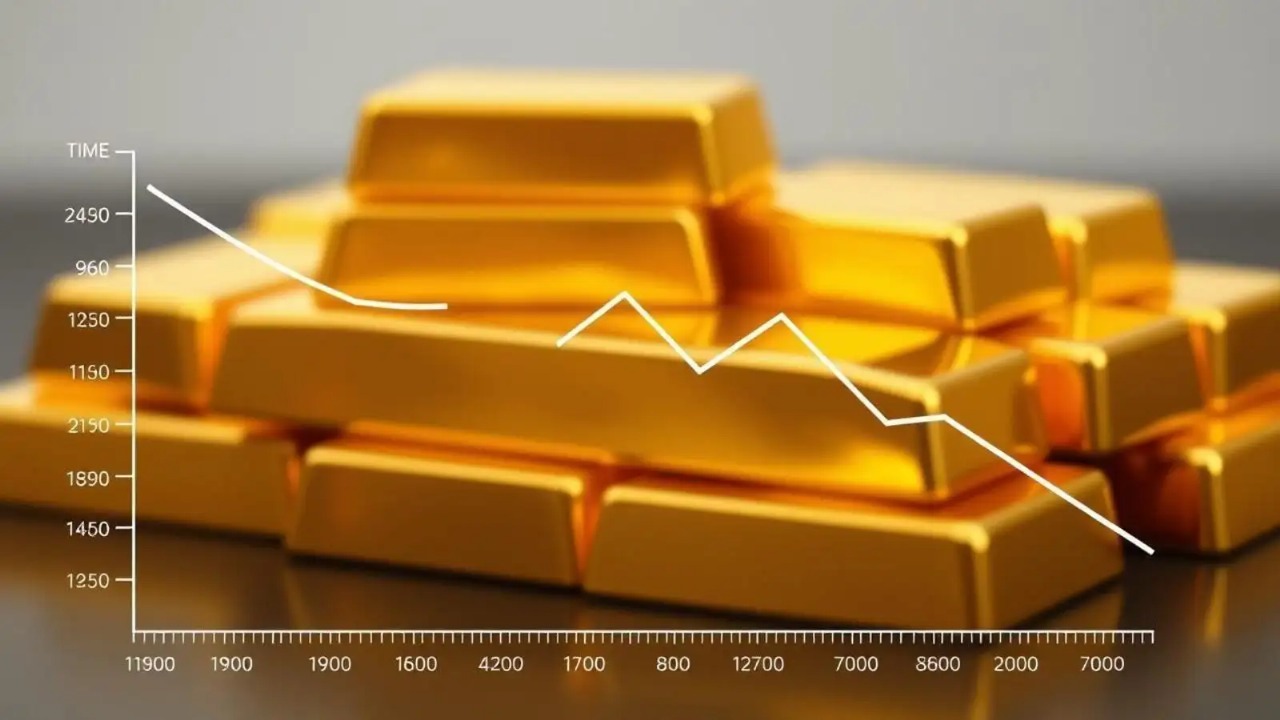Although gold prices recently experienced a sharp decline, underlying fundamentals remain robust, supporting the metal's long-term value. Key drivers include strong central bank purchases, ongoing geopolitical tensions, inflation concerns, and expectations of Federal Reserve rate cuts, keeping gold a favored safe-haven asset amid market volatility.
Gold witnessed its steepest single-day price drop in over a decade on October 21, 2025, plunging by more than 6% from record highs. Spot gold fell from an all-time peak above $4,380 per ounce to near $4,110 per ounce amid investor profit-taking, a stronger U.S. dollar, and improved risk appetite globally. Despite this, experts emphasize that gold’s key demand drivers remain intact, painted against a backdrop of economic uncertainty, inflation worries, and geopolitical tensions.
Important points supporting gold’s continued strength include:
Central banks are forecasted to purchase 900 tonnes of gold in 2025, reflecting ongoing diversification away from traditional currency reserves amid global political and trade uncertainties.
-
Investor interest remains high due to expectations of Federal Reserve rate cuts potentially occurring soon, offering support for gold’s safe-haven status.
-
Geopolitical issues like fragile ceasefires and trade tensions continue to sustain demand for gold during market dips.
-
Despite volatility, gold has gained nearly 60% in value in 2025, outperforming many asset classes and confirming broad investor confidence.
-
Seasonal demand from India’s Diwali and wedding season is keeping local buying robust, providing additional price support.
-
Analysts describe the recent sharp price correction as a “technical pullback” rather than a reversal of the gold bull market, with many viewing the dip as a buying opportunity.
-
The stronger U.S. dollar contributed to making gold more expensive for international investors, temporarily pressuring prices.
Forecasts from major financial institutions project gold prices averaging around $3,675 per ounce by late 2025 with potential to reach $4,000 per ounce or higher in early 2026.
Major takeaways underscore that, notwithstanding short-term price fluctuations, gold’s fundamentals remain compelling. The metal continues to play a critical role as a hedge against inflation, currency risks, and geopolitical instability, positioning it well for sustainable growth in the coming years.
Sources: Economic Times, Forbes, Hindustan Times, J.P. Morgan Research, India Today, Reuters, Financial Express

